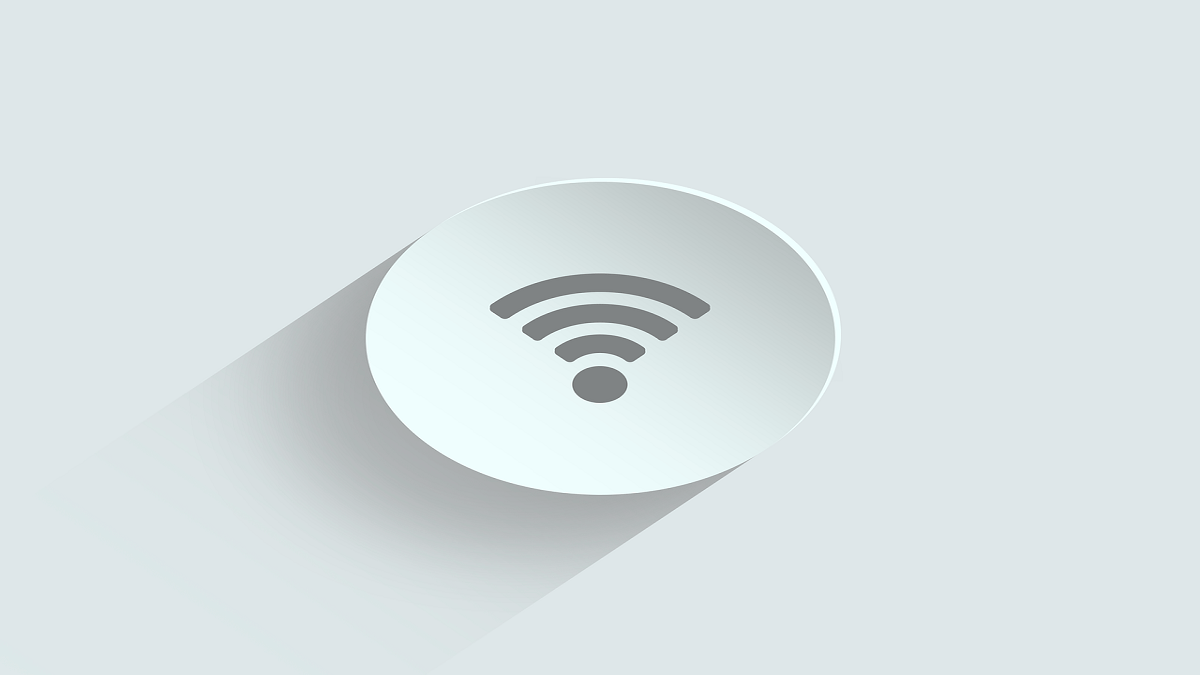Table of Contents
WWAN Definition
WWAN is a vast area network that provides service to a large geographic area that separates areas of coverage or cells connected wirelessly.
- The WWAN administrations ordinarily deliver to smartphones and other handheld gadgets sold by cell specialist co-ops and their retail accomplices. However, other cell phones can utilize them also.
- Some netbooks are accessible with WWAN cards introduced; you can likewise buy remote WAN cards to present yourself.
- Not at all like Wi-Fi cards, which can be utilized in pretty much any hotspot, WWAN gadgets must be unequivocally provisioned for access to your specialist co-op’s system.
- Your specialist organization will deal with charging for meandering access that includes other supplier systems.
The three families of WWAN technologies are GSM/UMTS, CDMA One/CDMA2000, and WiMAX. In the United States, service providers include AT&T, Clearwire, Sprint, and Verizon. Wireless WAN services are expected to become increasingly available as 4G technologies mature.
WWAN Uses
It uses cellular network technologies for mobile communications such as WiMAX, UMTS, GPRS, GSM, CDPD, EDGE, CDMA2000, HSPA, Mobitex, and 3G to transfer data.
Besides, you can also include LMDS and free Wi-Fi for internet connections. It is a very versatile wireless network, and it has significantly developed in recent years with other types of connections, such as the 4G.
As you can see, wireless networks are a type of technology that has a good number of well-structured variants with different utilities both for users in their homes. As well as for companies and public administrations.
Wireless networks allow significant savings in cabling costs and this allows for much cheaper accessibility.
WWAN Features
- Provides regional, national and global wireless coverage.
- Insert the WWAN card from your service provider or select a notebook with built-in WWAN technology and then hire a provider.
- It provides greater security than WLAN, thanks to the built-in 128-bit encryption.
- Use technology cell phones to protect data transfer or Internet connection.
- Ideal for users far from home who need to connect from almost anywhere in the coverage area.
- The contract with the provider may be more expensive than WLAN for those who almost do not need or use wireless Internet access.
- Replacing a lost external WWAN card can be expensive.
WWAN Types
Wide area wireless networks ( WWAN ) have the broadest range of all wireless networks. For this reason, all mobile phones connect to a wide-area wireless network. The main technologies are:
- GSM ( Global System for Mobile Communication )
- GPRS ( General Packet Radio Service )
- UMTS ( Universal Mobile Telecommunication System )
The UMTS is known as the third generation of mobile telephony (3G)
Its three great features are:
- Multimedia capabilities.
- A high Internet access speed, which also allows you to transmit audio and video in real-time.
- A voice transmission with quality comparable to that of fixed networks.
A UMTS network consists of the following elements:
Core Network: The network core incorporates transport and intelligence functions. Through the network core, the UMTS connects with other telecommunications networks.
So, communication is possible not only between UMTS mobile users but also with those related to other networks.

